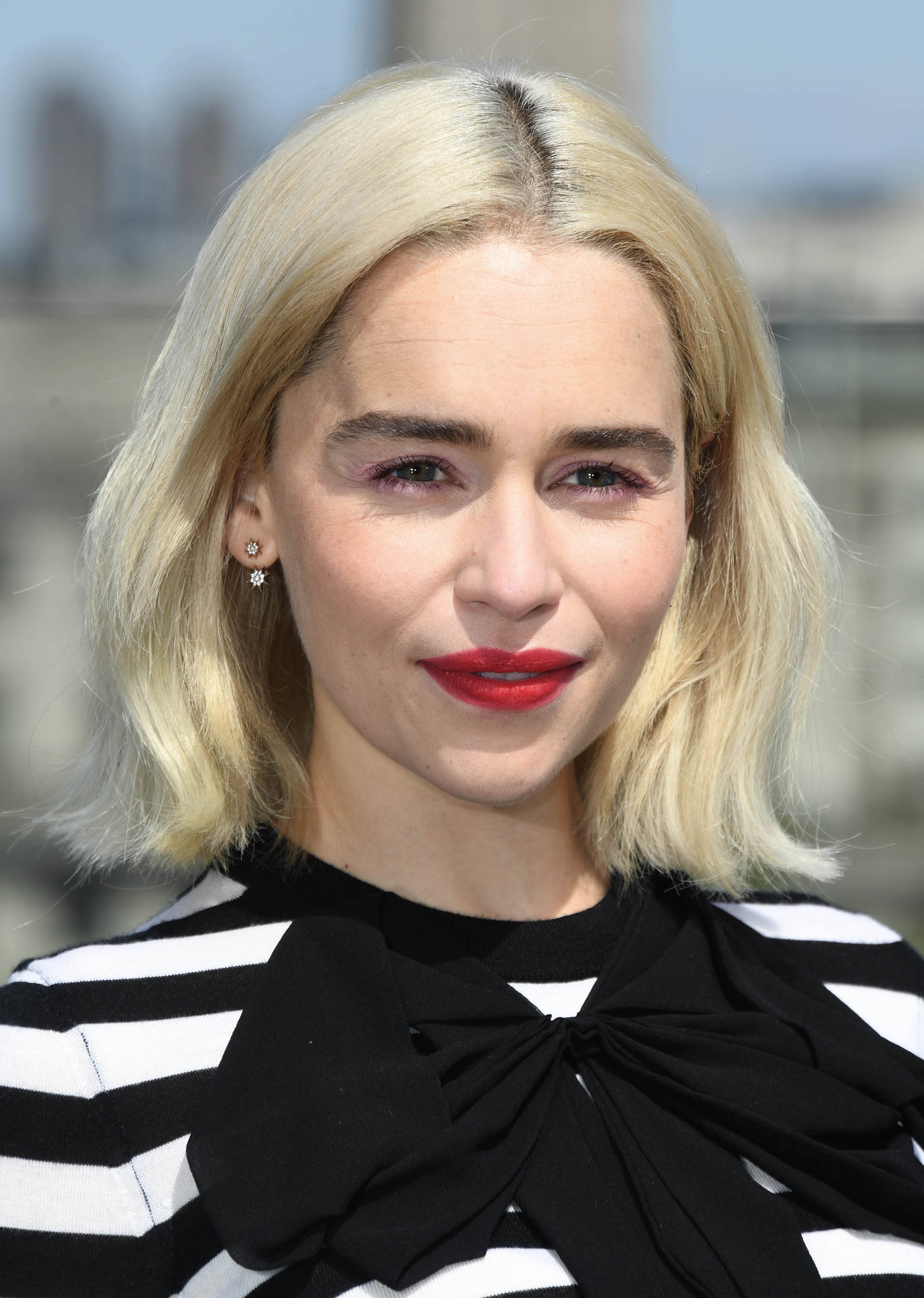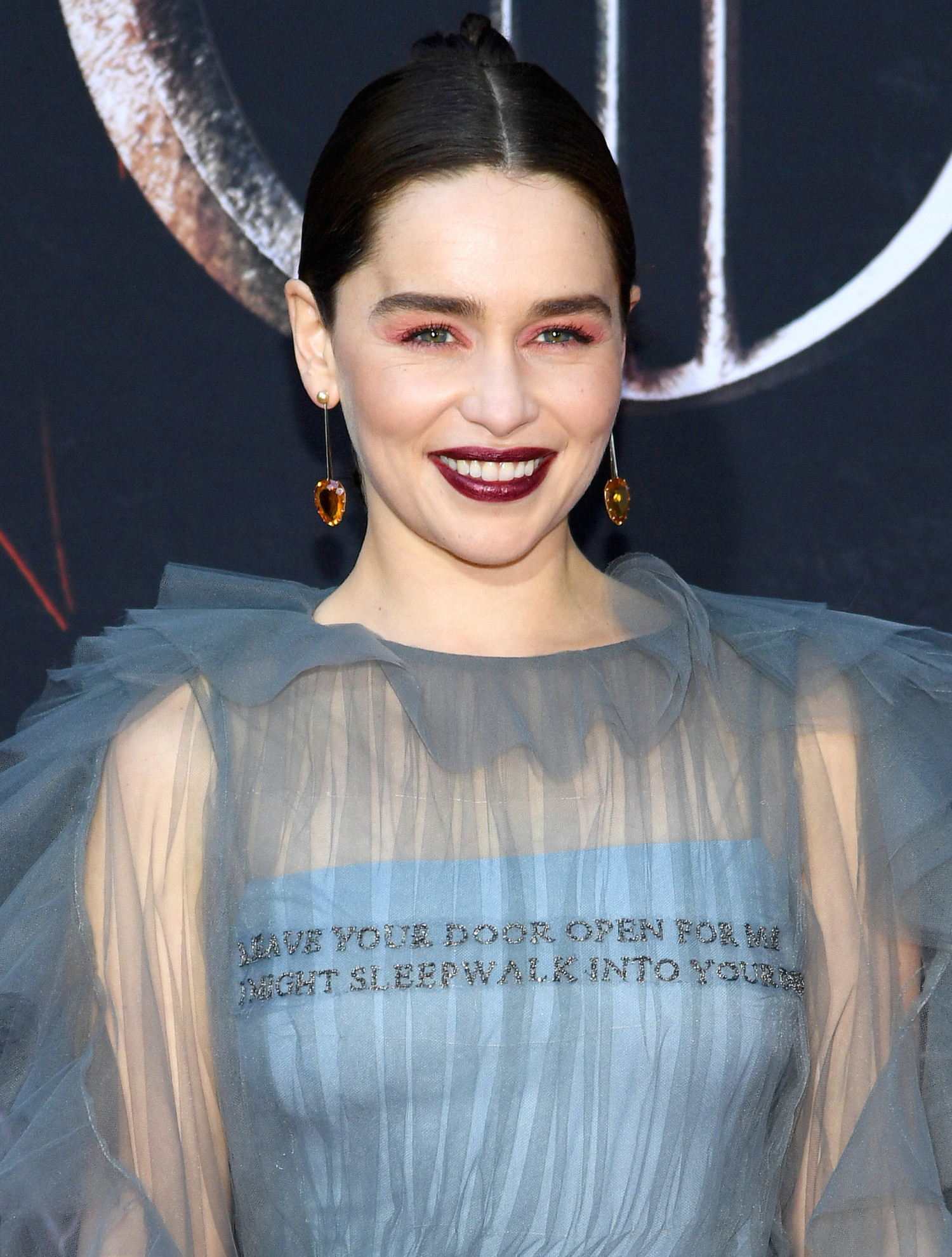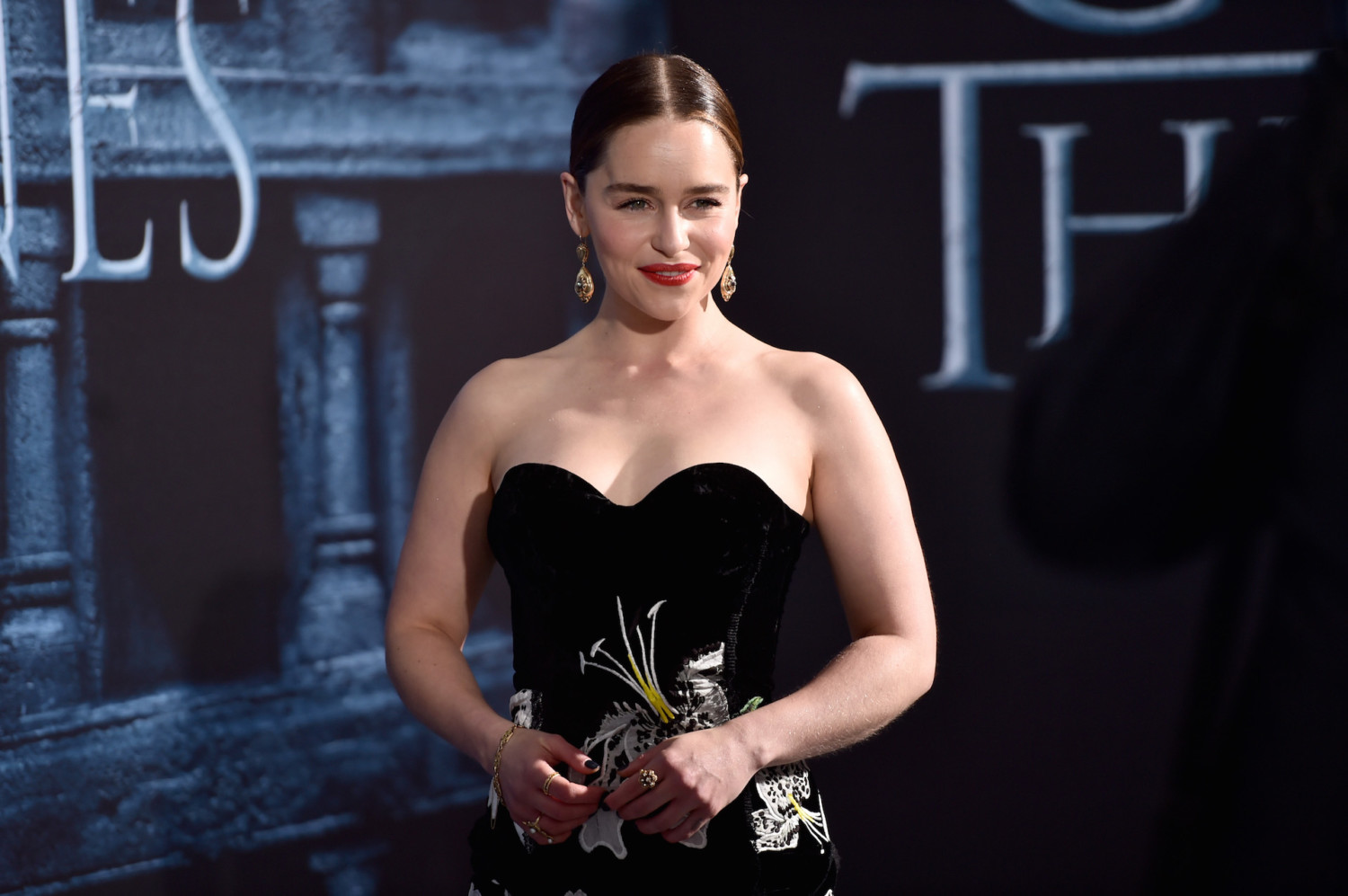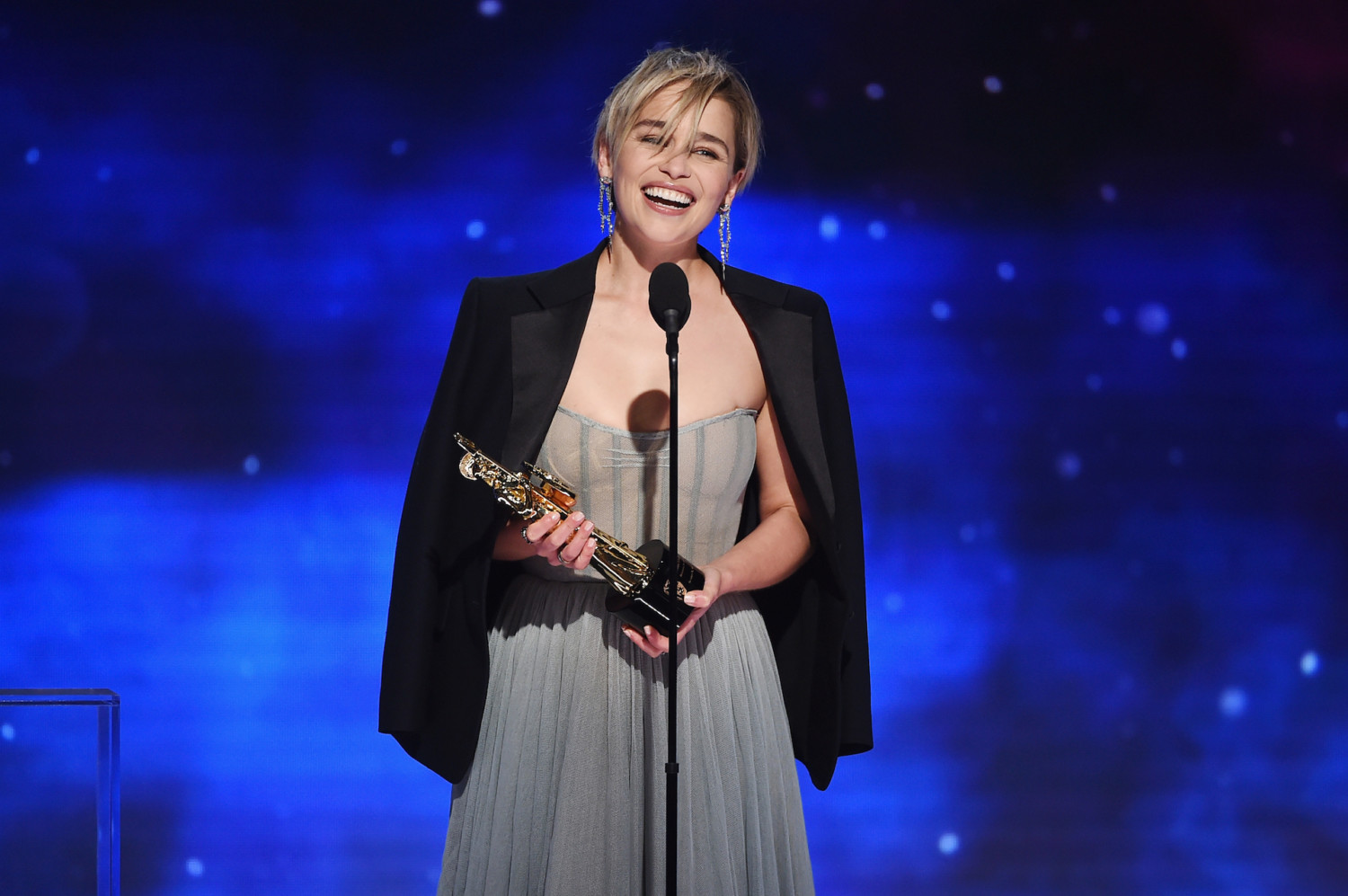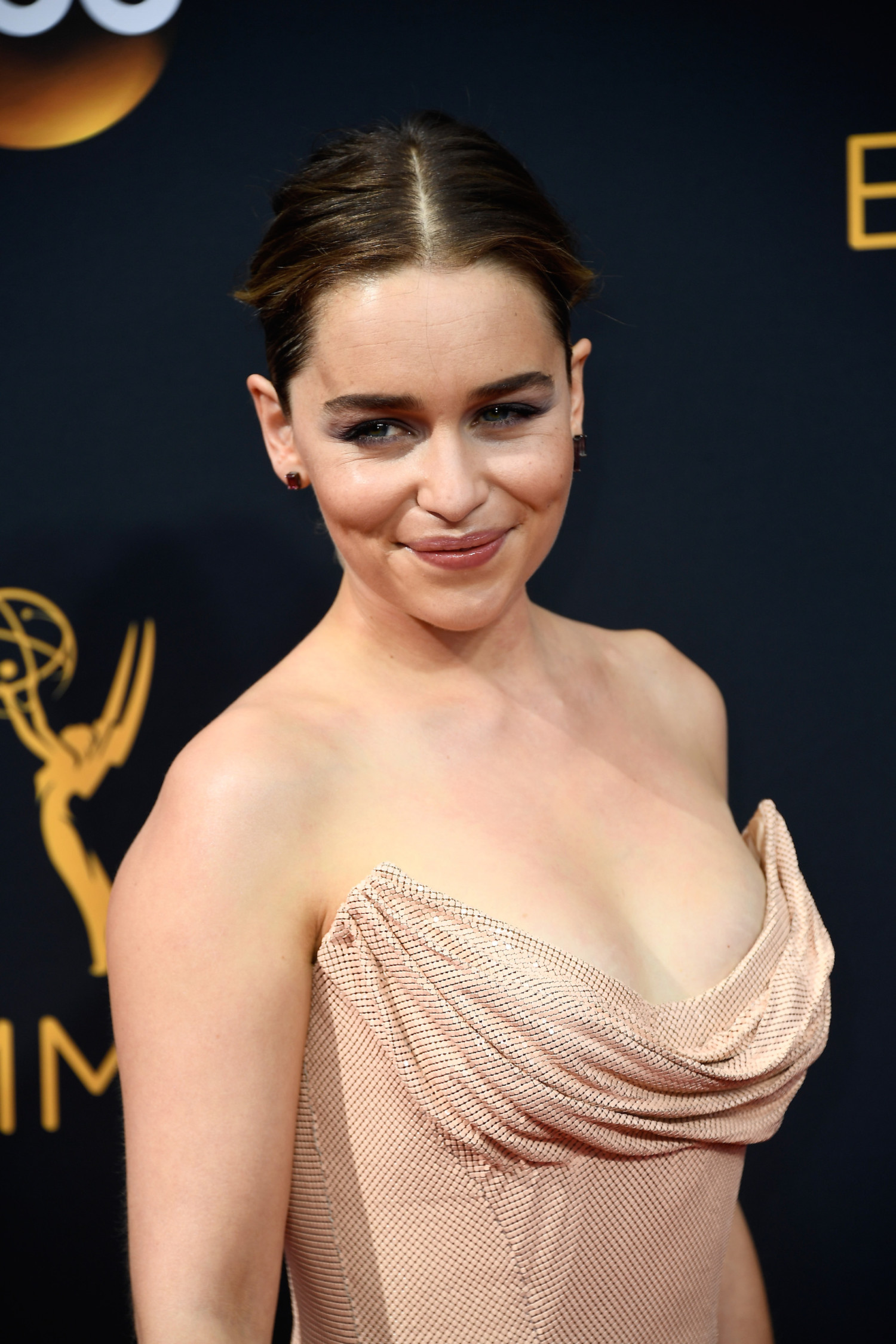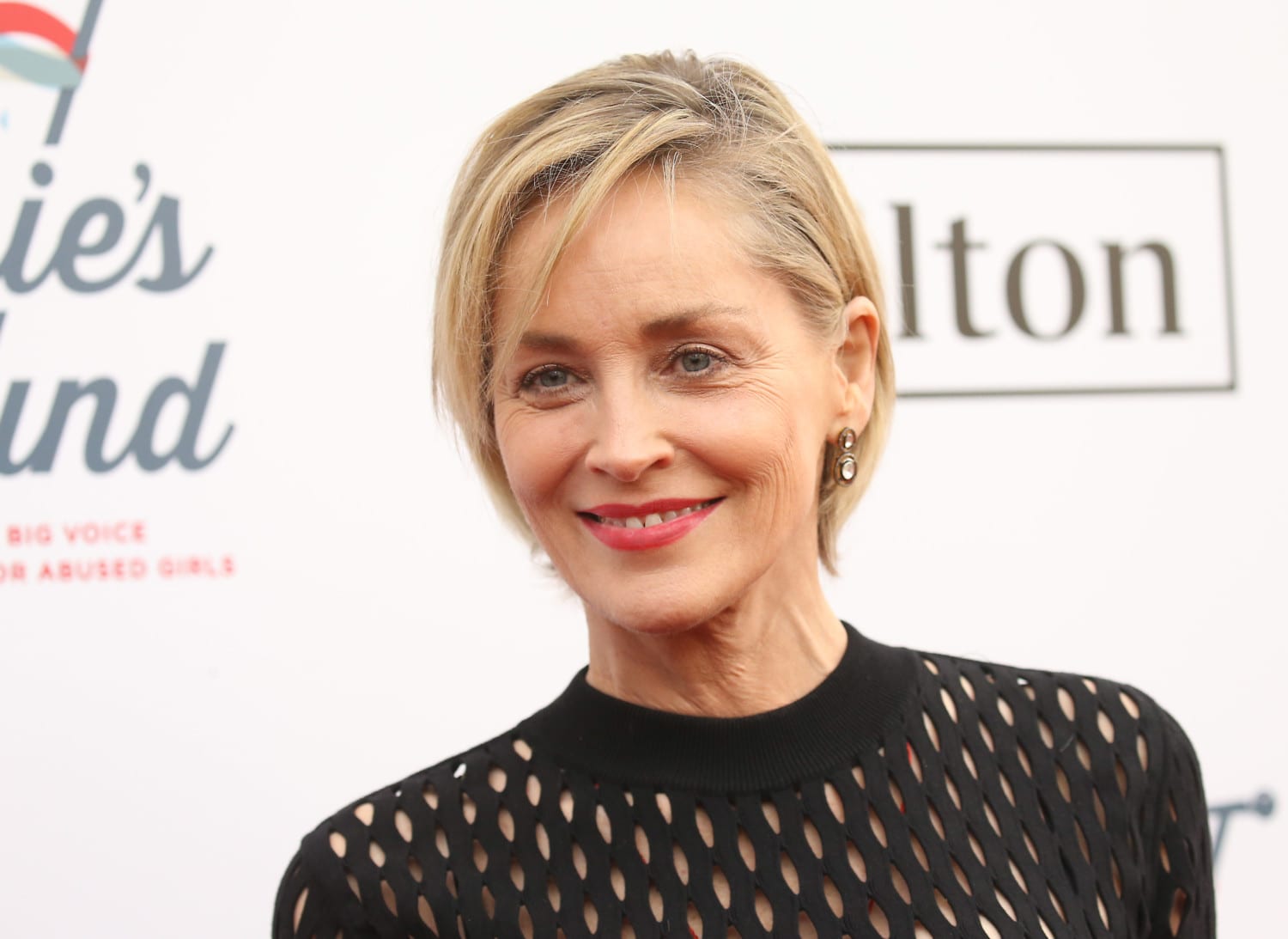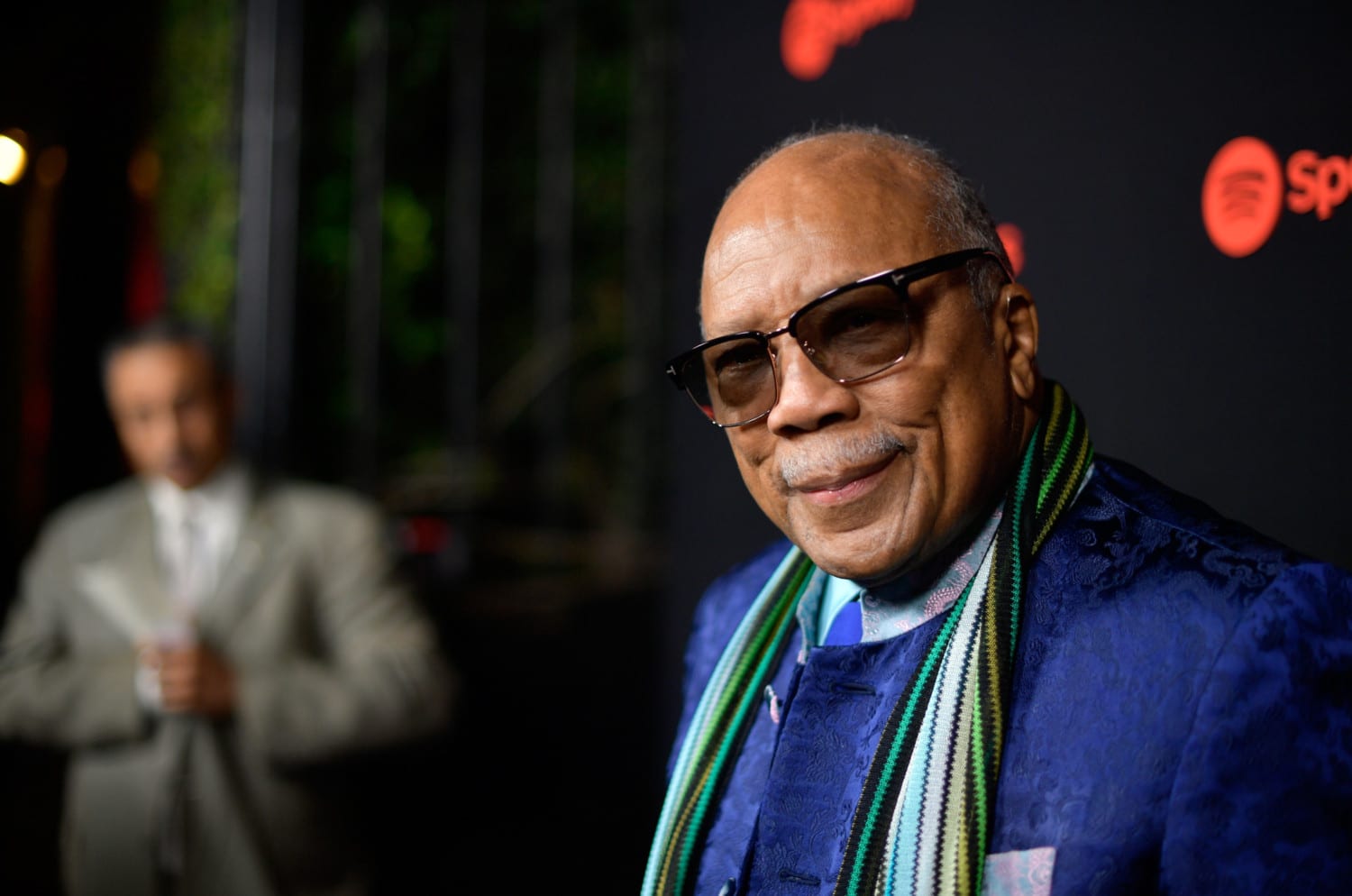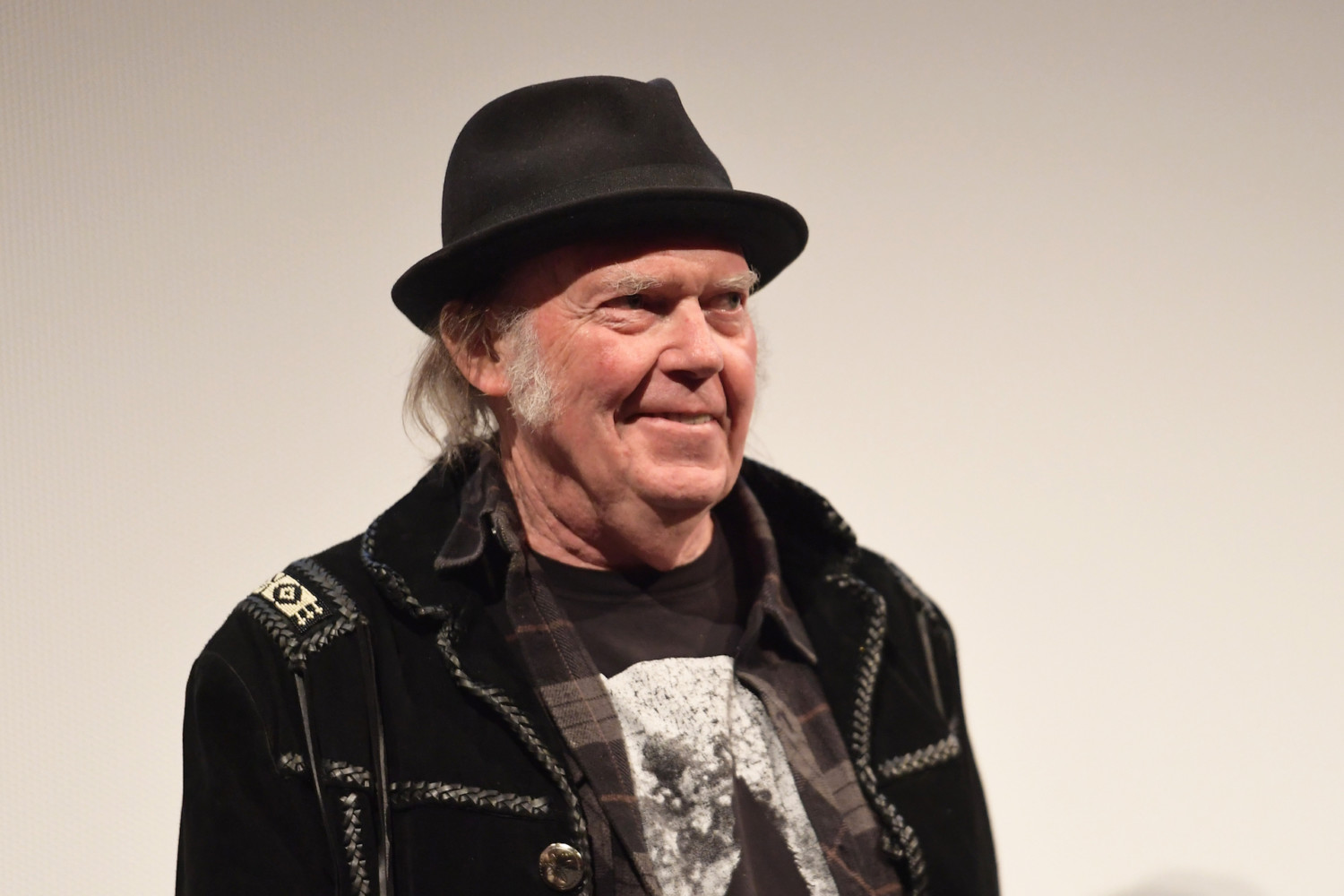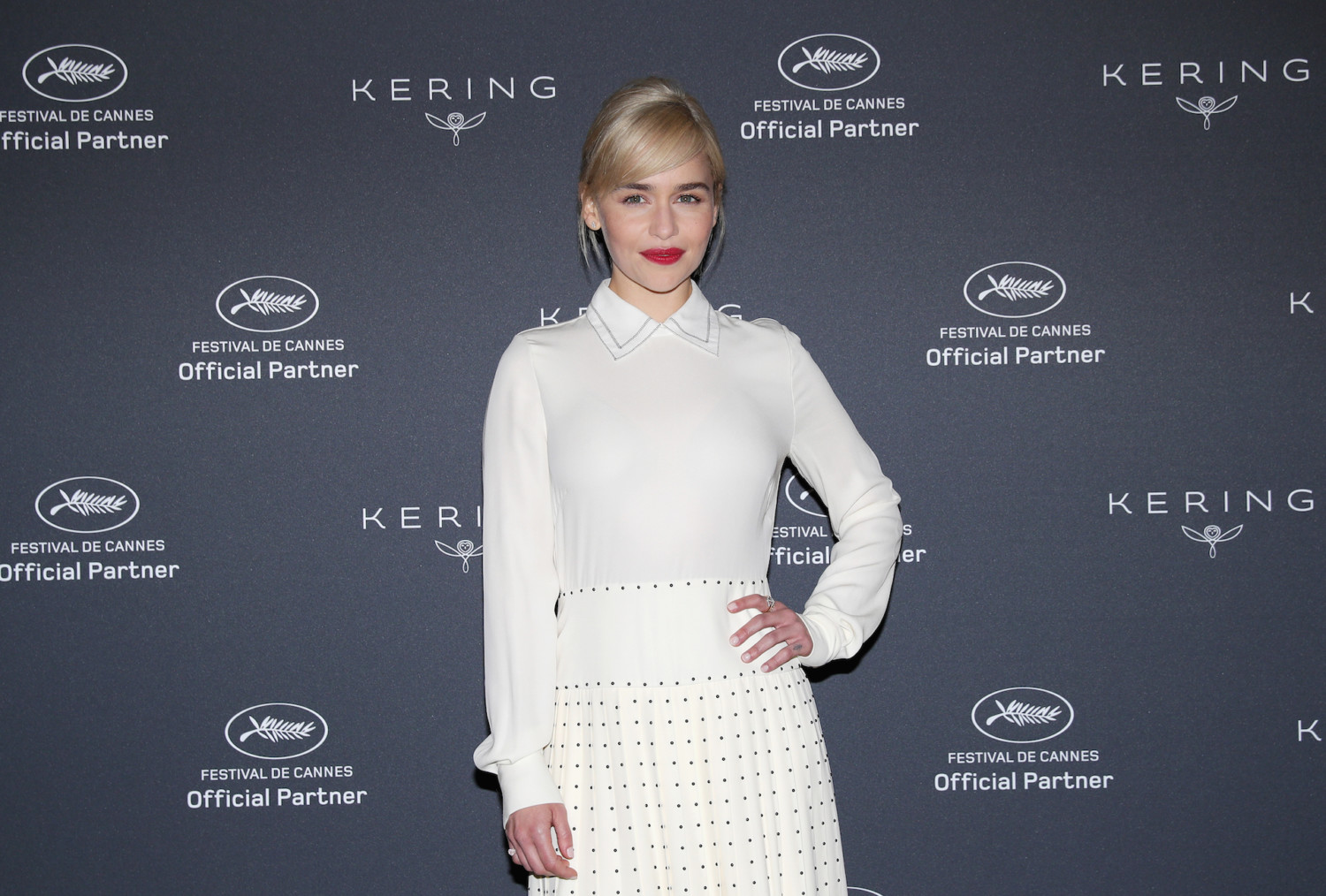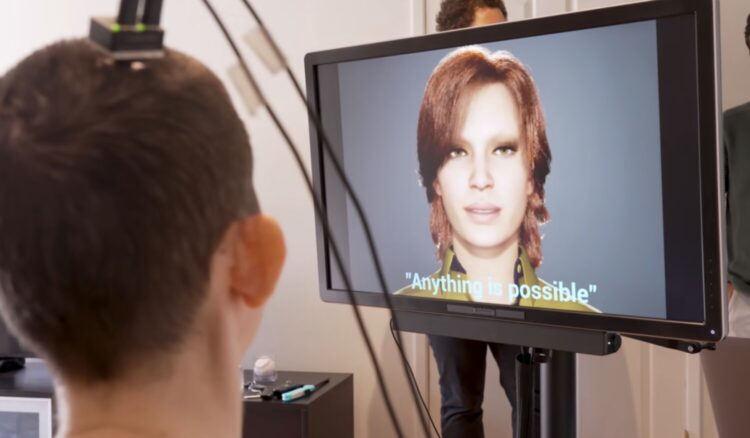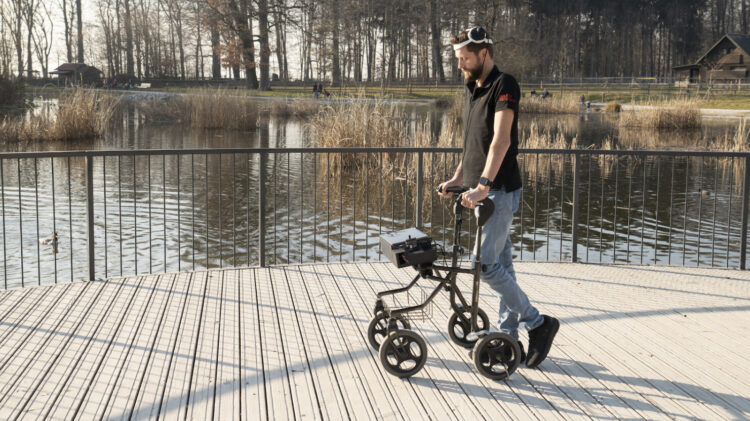‘Game Of Thrones’ star Emilia Clarke discusses the brain aneurysms that almost killed her
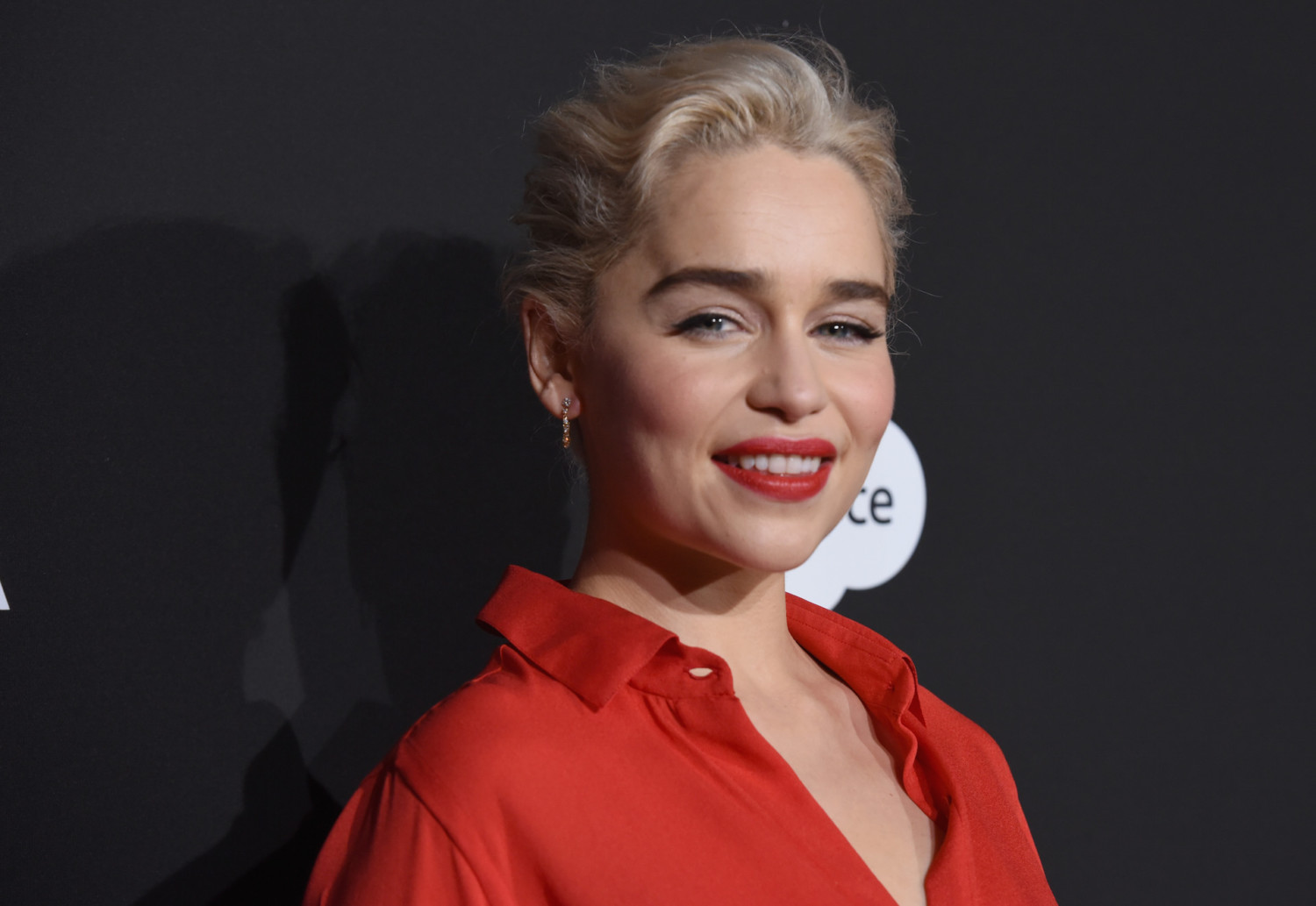
If you think Mother of Dragons Daenerys Targaryen (from “Game of Thrones,” of course!) has had a tough time in pursuit of the Iron Throne, it’s nothing compared to what the actress who plays her has endured over the last few years. Actress Emilia Clarke suffered two near-fatal brain aneurysms during breaks from filming the hit HBO fantasy drama show. In a recent essay for The New Yorker, Clarke revealed how the experience changed her — and how she’s using it to help others.
First Brain Aneurysm
Clarke’s first aneurysm occurred at the beginning of 2011, just after filming wrapped on season one of “Game of Thrones.” She wrote in The New Yorker that it required minimally invasive surgery and left her with temporary memory loss. According to WebMD, a brain aneurysm is a weak spot in the wall of a blood vessel inside the brain that’s like “a weak spot in a balloon” — it feels stretched out and thin. As blood flows constantly through the blood vessel, the weak spot deteriorates further and begins to protrude, a little like a bubble. Most brain aneurysms don’t cause any problems. You can live a long, healthy life without even knowing that you have one. But that wasn’t the case for Clarke.
‘My Brain Was Damaged’
Clarke revealed that a “bad headache” and extreme fatigue were the first symptoms she noticed. She was getting ready to work out in a London gym and, “I was so fatigued that I could barely put on my sneakers,” she wrote.
“When I started my workout,” she continued, “I had to force myself through the first few exercises.”
When her trainer put her into plank position, she said it felt like an elastic band was squeezing her brain. She tried to push through the pain, but it was too intense.”I told my trainer I had to take a break,” she wrote. “Somehow, almost crawling, I made it to the locker room. I reached the toilet, sank to my knees, and proceeded to be violently, voluminously ill. Meanwhile, the pain — shooting, stabbing, constricting pain — was getting worse. At some level, I knew what was happening: my brain was damaged.”
Rushed To Hospital
Clarke was immediately taken to the emergency room of a local hospital in an ambulance and her parents were notified. At this point, nobody knew what was wrong with her, so she was unable to take any drugs to relieve the pain. Eventually, she was sent for a brain scan, which revealed a subarachnoid hemorrhage (SAH), which is a life-threatening type of stroke that’s caused by bleeding into the area around the brain.
“I’d had an aneurysm, an arterial rupture,” wrote Clarke. “As I later learned, about a third of SAH patients die immediately or soon thereafter. For the patients who do survive, urgent treatment is required to seal off the aneurysm, as there is a very high risk of a second, often fatal bleed. If I was to live and avoid terrible deficits, I would have to have urgent surgery. And, even then, there were no guarantees.”
Life-Saving Surgery
In rare cases like Clarke’s, brain aneurysms can burst or leak, causing a hemorrhagic stroke. This can lead to cerebral vasospasm (reduced blood flow to the brain), hydrocephalus (too much spinal fluid in the brain), coma or permanent brain damage. Clarke was transferred to another hospital, where she signed the consent form to receive minimally invasive brain surgery. Rather than opening up her skull, Clarke’s surgeons used a technique called endovascular coiling, which involves inserting a wire into one of the femoral arteries in her groin and moving it up around the heart and into the brain to seal off the aneurysm.
“This would not be my last surgery, and it would not be the worst. I was twenty-four years old,” she wrote.
Scary Side Effects
After her surgery, Clarke was told that if she made it two weeks with only minimal complications, she had a high chance of a good recovery. Clarke made it to this point but was then given a series of cognitive exercises that revealed she was suffering from aphasia, an impairment of language that affects speech and the ability to read and write. When a nurse asked her what her name was, she couldn’t remember.
“Instead, nonsense words tumbled out of my mouth and I went into a blind panic,” she wrote. “I’d never experienced fear like that — a sense of doom closing in. I could see my life ahead, and it wasn’t worth living. I am an actor; I need to remember my lines. Now I couldn’t recall my name.”
Dark Days
Clarke revealed just how difficult the period after her brain surgery was, writing that in her worst moments, she “wanted to pull the plug.”
“I asked the medical staff to let me die,” she wrote. “My job — my entire dream of what my life would be — centered on language, on communication. Without that, I was lost.”
She was taken back to the ICU and, about a week later, her aphasia passed and she was able to speak and remember her name.
The Journey Wasn’t Over
Despite her successful surgery, Clarke wasn’t completely out of the woods. Her doctors told her she had a second, smaller aneurysm on the other side of her brain, which “could ‘pop’ at any time,” or may “remain dormant and harmless indefinitely.” As well as monitoring this aneurysm, Clarke struggled with the recovery from her first operation, experiencing ongoing pain that required morphine to keep it under control, and extreme fatigue that she described as “the worst exhaustion I’d ever experienced, multiplied by a million.” She was still struggling when she started filming seasons two of “Game of Thrones,” revealing that she “collapsed of exhaustion” after the first day of filming.
“Season 2 would be my worst,” she wrote. “I didn’t know what Daenerys was doing. If I am truly being honest, every minute of every day I thought I was going to die.”
An Instant Celebrity
As well as her health issues, Clarke was also dealing with her newfound celebrity status, traveling the world to promote “Game of Thrones.” Daenerys Targaryen was her first major role, following several small parts on U.K. television. Since a young age Clarke, who was born in London in 1987, had been interested in acting. When she left secondary school, she attended the prestigious Central Saint Martins Drama Centre London, which counts esteemed actors like Michael Fassbender, Colin Firth and Tom Hardy among its alumni.
Early Television Appearances
Clarke graduated from Drama Centre London in 2009 and started auditioning for acting roles. Her television debut was in one episode of the BBC daytime drama series “Doctors” and she also appeared in several commercials. In 2010, she landed a bigger role, in the TV horror/sci-fi movie “Triassic Attack.” Throughout this time, Clarke was juggling various jobs to make ends meet. She was working for a catering company when she received a phone call from her agent that would change her life.
The Audition That Changed Everything
Clarke’s agent asked her if she interested in auditioning for a new HBO series, “Game of Thrones.” Clarke didn’t have to think twice; she called in sick to the catering company and auditioned for the role of Daenerys Targaryen in a tiny studio in Soho, London. A few days later, she was invited to fly to Los Angeles to read for David Benioff and D. B. Weiss, the show’s creators, as well as the network executives.
“When it was over, I blurted out, ‘Can I do anything else?'” Clarke wrote in The New Yorker. “David Benioff said, ‘You can do a dance.’ Never wanting to disappoint, I did the funky chicken and the robot. In retrospect, I could have ruined it all. I’m not the best dancer.”
However, she was the best for the role of Daenerys and found out that day that she had the part.
Winning Fans And Awards
A huge hit with the passionate fan base of “Game of Thrones,” Clarke was nominated for several Emmy and Screen Actors Guild awards, and in 2011 — only months after her first brain surgery — she won Entertainment Weekly’s EWwy Best Supporting Actress Award. Between filming for “Game of Thrones,” she focused on other projects, including a starring role in the 2012 British indie music drama “Spike Island” alongside Chris Coghill and Elliott Tittensor, a 2013 Broadway appearance as Holly Golightly in “Breakfast at Tiffany’s” and the part of Evelyn in the British comedy “Dom Hemingway” with Jude Law.
Saying No To ‘Nudity’ Roles
Clarke turned down the lead role in “50 Shades of Grey,” saying that she didn’t want to be pigeonholed in “nudity” roles. In 2015, she played Sarah Connor opposite Arnold Schwarzenegger in “Terminator Genisys.” One of her biggest screen successes outside of “Game of Thrones” is the romantic drama “Me Before You,” the adaptation of Jojo Moyes’ bestselling novel of the same name. In 2018, Clarke joined the Star Wars family, playing the female lead Qi’ra — Han Solo’s childhood best friend and first love — in “Solo: A Star Wars Story.”
More Brain Surgery
It was during her short stint on Broadway as Holly Golightly, after filming season three of “Game of Thrones,” that Clarke’s second aneurysm needed attention.
“While I was still in New York for the play, with five days left on my sag insurance, I went in for a brain scan — something I now had to do regularly,” she wrote in The New Yorker. “The growth on the other side of my brain had doubled in size, and the doctor said we should ‘take care of it.’ I was promised a relatively simple operation, easier than last time.”
Shortly after, Clarke was admitted to a Manhattan hospital, where she had her second brain surgery in just over two years.
‘I Was Screaming In Pain’
Unfortunately, this time it didn’t go to plan.
“When they woke me, I was screaming in pain,” revealed Clarke. “The procedure had failed. I had a massive bleed and the doctors made it plain that my chances of surviving were precarious if they didn’t operate again.”
This time, doctors had to go through Clarke’s skull to operate, and they had to do it without delay.
“The recovery was even more painful than it had been after the first surgery,” wrote Clarke. “I looked as though I had been through a war more gruesome than any that Daenerys experienced.”
Losing Hope
Clarke spent a month in the hospital after her second surgery and describes this period as a very bleak time in her life.
“At certain points, I lost all hope,” she wrote. “I couldn’t look anyone in the eye. There was terrible anxiety, panic attacks.” The actress reached such a low point, that she says she now finds it hard to remember much detail about those days. “My mind has blocked them out,” she wrote. “But I do remember being convinced that I wasn’t going to live.”
Not Ready To Talk About It
Clarke was worried that the news of her illness would be made public, and her fears were realized when the National Enquirer ran a short piece speculating about her health only six weeks after her surgery.
“A reporter asked me about it and I denied it,” she admitted.
But now, eight years after she discovered her first brain aneurysm, the actress is ready to share her experience.
“After keeping quiet all these years, I’m telling you the truth in full,” she wrote. “Please believe me: I know that I am hardly unique, hardly alone. Countless people have suffered far worse, and with nothing like the care I was so lucky to receive.”
Sharon Stone Had A Brain Hemorrhage
Another actress who has spoken openly about brain health is Sharon Stone. In 2001, Stone was rushed to the hospital with such severe pain in her head she felt like she’d been shot, and doctors discovered a brain hemorrhage that was so serious, doctors had to operate immediately. The actress said on “Oprah’s Master Class” in 2014, “When I woke up I had to learn to walk, hear, write, talk, remember and everything all over again. I thought I was dying for a long time, even after I came home.”
Quincy Jones Survived An Aneurysm
In 2018, jazz musician Quincy Jones told fans he survived an aneurysm back in 1974. Before his performance at London’s O2 arena, Jones said his condition was so serious, he and his friends held a memorial service, and he “basically attended his own funeral.” He recovered but was told by doctors he’d never play the trumpet again. However, Jones carried on working, collaborating on Michael Jackson’s smash hit “Thriller,” as well as the charity song “We Are The World.”
“I can truthfully say that I’ve attended my own funeral at age 41 & my own birthday celebration at 85, & I’d take the second over the first, any time!!” he wrote on Facebook.
Brain Surgery Was A Turning Point For Neil Young
Brain surgery was life-changing for rocker Neil Young in more ways than one. In his memoir, “Waging Heavy Peace,” he revealed that finding out he had a brain aneurysm and complications after surgery — including collapsing in the street — led to him kicking his drug habit, which hasn’t been without its challenges.
“The straighter I am, the more alert I am, the less I know myself and the harder it is to recognize myself,” he wrote in his book, according to the New York Times. “I need a little grounding in something and I am looking for it everywhere.”
Brett Michaels Thought He’d ‘Been Shot’
When singer-songwriter Brett Michaels suffered a subarachnoid hemorrhage in 2010, he thought he’d been shot in the back of the head.
“[It] sounded like a handgun, like it literally popped,” he told People.
The hemorrhage, which doctors said happened for no reason at all and wasn’t caused by an aneurysm, left him in intensive care for nearly two weeks, and with a newfound appreciation for life.
“I am so thankful. I’m lucky to be alive,” he remembered thinking after his surgery.
Clarke’s Praise From Her Co-Star
Clarke has been applauded for going public about her brain aneurysms, not least by her “Game of Thrones” co-star Lena Headey, who plays the ruthless ruler Cersei Lannister. Headey used her Instagram account to highlight Clarke’s bravery, naming her as “Thursday’s MVP” and describing her as a “warrior.” Headey herself can relate to juggling serious health issues with the pressures of starring in one of the biggest TV shows in the world, having experienced postnatal depression while filming season one.
https://www.instagram.com/p/BvTOlk7BQZ5/
Raising Awareness
Following her own experience, Clarke set up a U.K. charity called SameYou, which aims to provide treatment for people recovering from brain injuries and stroke.
“I know from personal experience how important it is when recovering from brain injury to receive the best rehabilitation care,” Clarke wrote on the charity’s website. “In many countries support is hard to find and even in the best health care services, immediate rehabilitation is often insufficient. We need to work to change healthcare policies, improve the pathways to recovery and campaign to increase provision.”
Proud Of Charity Partners
SameYou works alongside the Royal College of Nursing (RCN) and its charity the RCN Foundation, The Stroke Association UK, Spaulding Rehabilitation Hospital in Boston and Nursing Now, a global campaign in collaboration with the World Health Organization and the International Council of Nurses that aims to improve health by raising the profile and status of nursing worldwide. Clarke is also an ambassador for the Royal College of Nursing and Nursing Now.
Life After ‘Game Of Thrones’
The eighth and final season of “Game of Thrones” premiered on April 14, 2019, and will finally answer the burning question, “Is Daenerys a worthy queen?” Of course, Clarke already knows the answer and, now that the show is finished, she can focus on future projects. Her upcoming films include “Above Suspicion,” a thriller directed by Phillip Noyce based on the true story of FBI agent Mark Putnam, and an adaptation of the Korean rom-com “The Beauty Inside.”
“There is something gratifying, and beyond lucky, about coming to the end of ‘Thrones,'” Clarke wrote in The New Yorker. “I’m so happy to be here to see the end of this story and the beginning of whatever comes next.”
‘At A Hundred Percent’
In terms of her health, Clarke is now thriving.
“In the years since my second surgery I have healed beyond my most unreasonable hopes,” she wrote. “I am now at a hundred per cent [sic]. I feel endless gratitude — to my mum and brother, to my doctors and nurses, to my friends. Every day, I miss my father, who died of cancer in 2016, and I can never thank him enough for holding my hand to the very end.”


